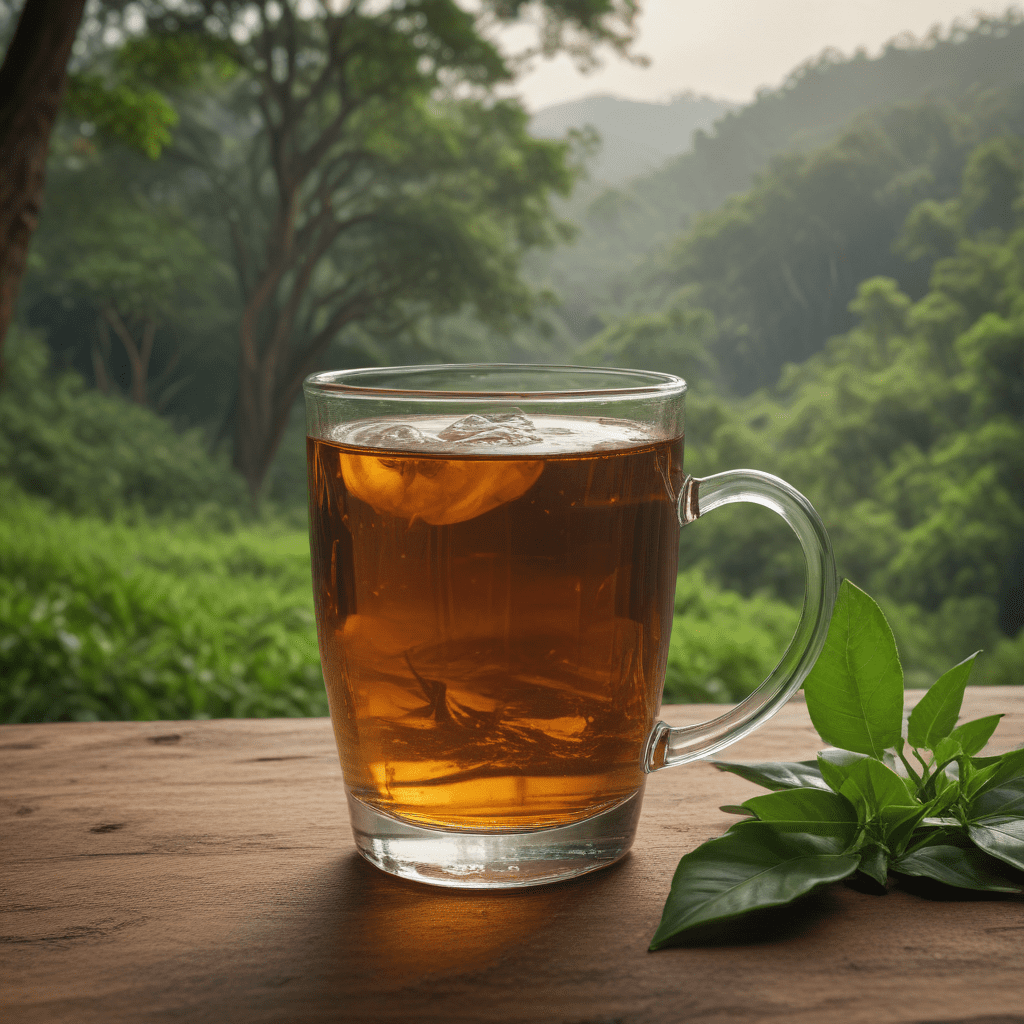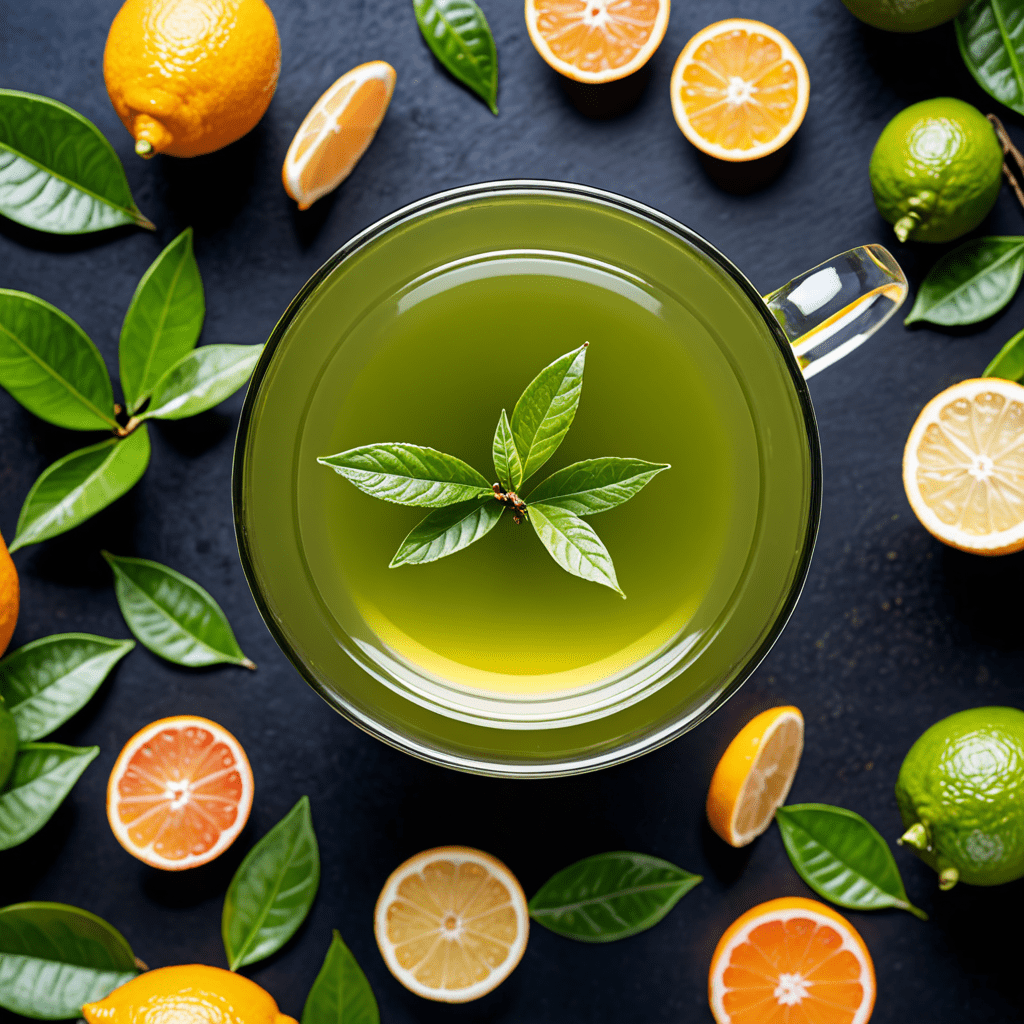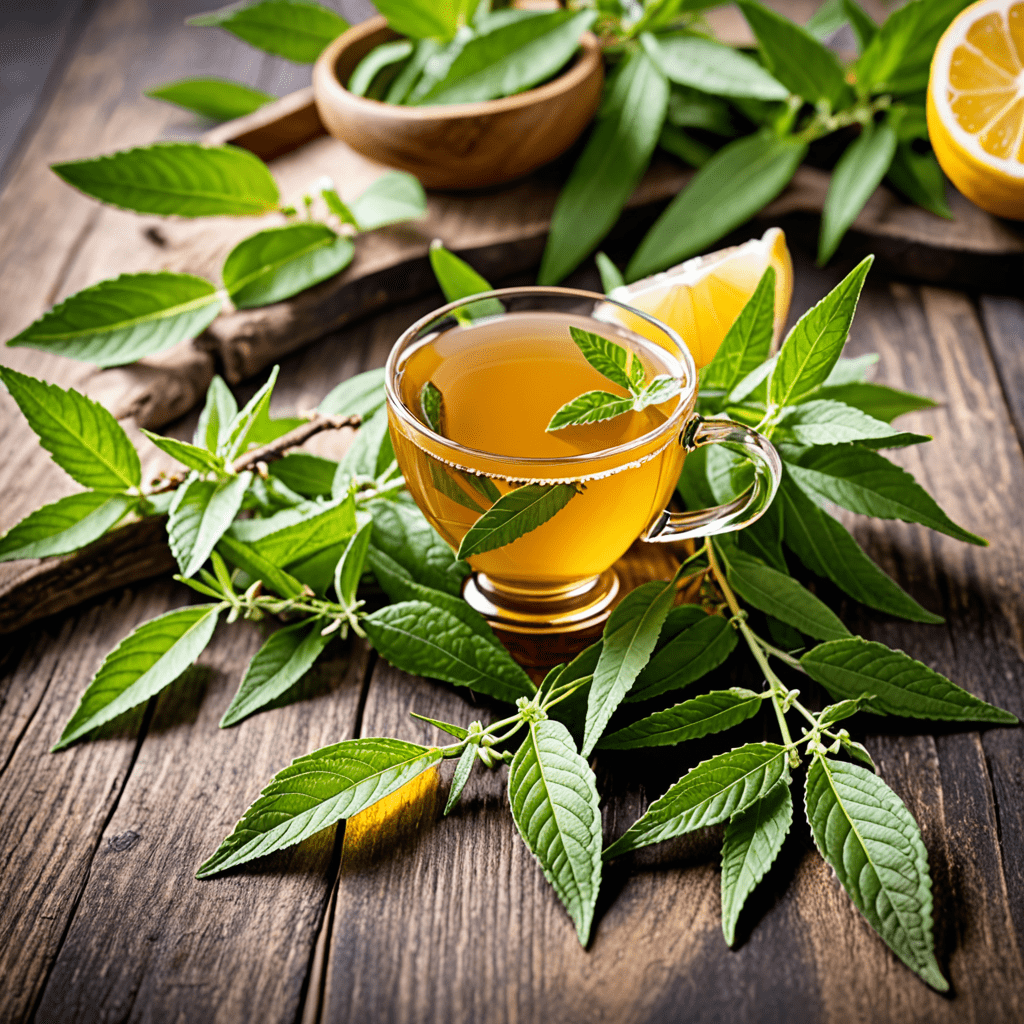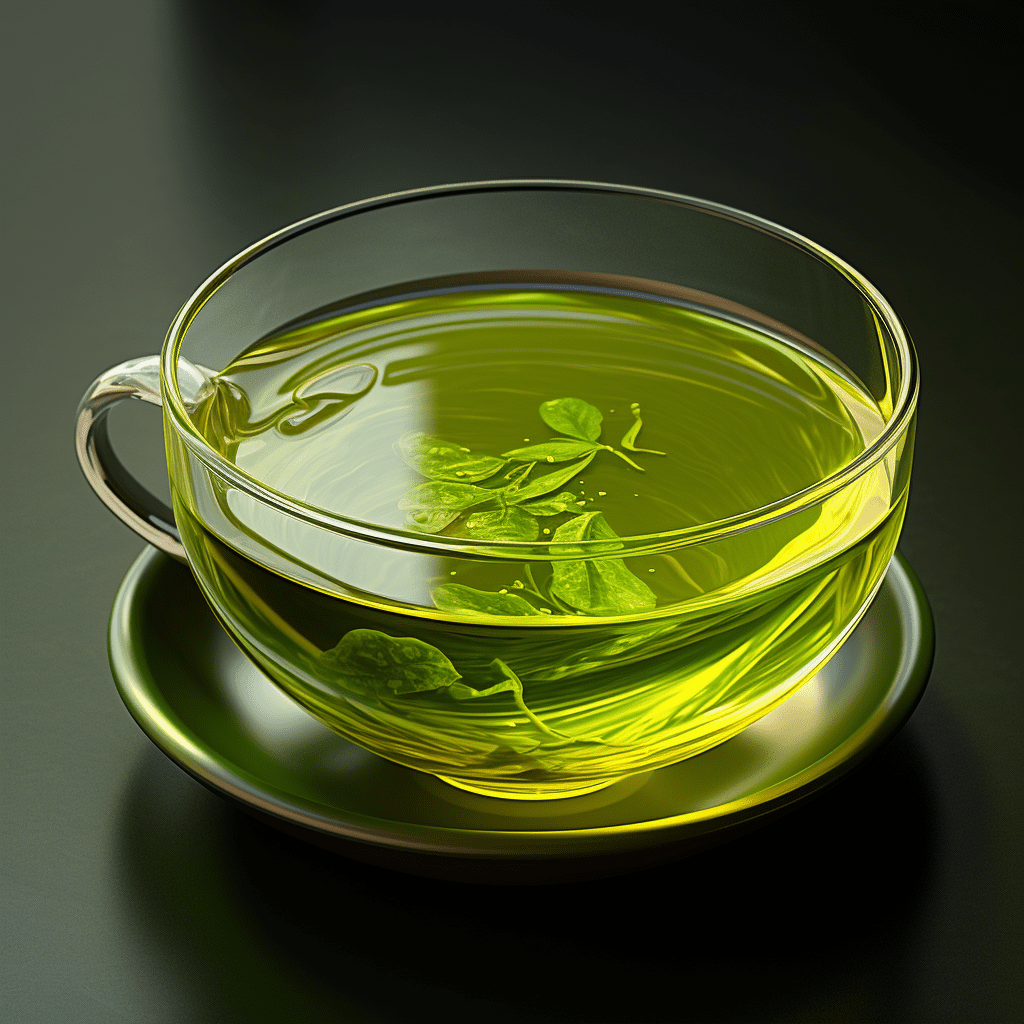
Ceylon Tea: A Journey Through Sri Lankan Landscapes
I. History and Origins
Ceylon tea, renowned for its exquisite flavors and aroma, is an integral part of Sri Lankan history and culture. Its origins trace back to the mid-1800s when the British introduced tea plants to the island nation as an alternative to the declining coffee industry. Within a few decades, tea plantations flourished in the fertile highlands of Sri Lanka, transforming the country into one of the world's leading tea producers.
II. Tea Regions of Sri Lanka
Sri Lanka's diverse landscapes offer a range of microclimates that produce teas with unique characteristics. The country's tea industry is divided into seven main regions, each with its own distinctive terroir:
Nuwara Eliya: Known for its high-grown teas renowned for their delicate flavors and floral notes.
Uva: Produces robust and full-bodied teas with hints of spice and chocolate.
Sabaragamuwa: Offers a range of teas from vibrant and tangy to rich and malty.
Dimbula: Home to picturesque tea estates and produces a wide variety of teas with balanced and complex flavors.
Matale: Known for its medium-grown teas with a distinctive golden color and smooth, mellow taste.
VI. The Dimbula Region: Picturesque Plantations and Biodiversity
The Dimbula region is renowned for its picturesque tea estates that cascade down the slopes of the Knuckles Mountain Range. The high elevation and cool climate create ideal conditions for the production of high-quality teas. Dimbula teas are characterized by their balanced and complex flavors, with notes of citrus, honey, and spice. The region is also home to a diverse range of flora and fauna, including numerous endemic species.
VII. The Matale Region: Ancient Kingdoms and Tea Traditions
The Matale region, located in the heart of Sri Lanka, is steeped in history and culture. It is home to the ancient kingdom of Kandy, renowned for its cultural heritage and architectural wonders. The Matale region is also a significant tea-growing area, producing medium-grown teas with a distinctive golden color and smooth, mellow taste. Local tea traditions and rituals showcase the deep connection between tea and the region's history.
VIII. The Kandy Region: Cultural Heritage and Hilltop Views
The Kandy region, nestled amidst the misty hills of central Sri Lanka, offers a captivating blend of cultural heritage and natural beauty. The city of Kandy, a UNESCO World Heritage Site, is home to the Temple of the Tooth Relic, a sacred Buddhist shrine. The region's tea plantations are perched on hilltops, offering breathtaking panoramic views of the surrounding landscape. Kandy teas are known for their rich, full-bodied flavor and characteristic briskness.
IX. The Galle Region: Tea on the Coast
The Galle region, located on the southwestern coast of Sri Lanka, is a unique tea-growing area. The warm climate and proximity to the ocean create distinct terroir that produces teas with a salty tang and refreshing coastal notes. The Galle region is dotted with boutique tea estates and charming tea rooms, offering a delightful experience of tea amidst stunning coastal scenery.
X. Sustainable Tea Practices and the Future of Ceylon Tea
The Sri Lankan tea industry is committed to sustainable practices that preserve the environment and ensure the longevity of the tea plantations. Many estates have adopted organic farming methods, reduced their carbon footprint, and implemented ethical labor practices. Sustainable tea production ensures the continued availability of high-quality Ceylon tea while protecting the delicate ecosystems of the tea-growing regions.
FAQ
What is the difference between black tea, green tea, and white tea?
Black tea undergoes full oxidation, resulting in a rich, dark color and bold flavor. Green tea is minimally oxidized, retaining its natural green color and a delicate, grassy flavor. White tea is made from young tea leaves and undergoes minimal processing, resulting in a light, sweet flavor.
How should I store tea properly?
Tea should be stored in an airtight container in a cool, dark, and dry place. Avoid exposing tea to heat, light, or moisture, as these can degrade its flavor and quality.
What are some popular tea blends?
Popular tea blends include Earl Grey (black tea with bergamot oil), English Breakfast (a blend of black teas), and Chai (black tea with spices like cinnamon, ginger, and cardamom).


